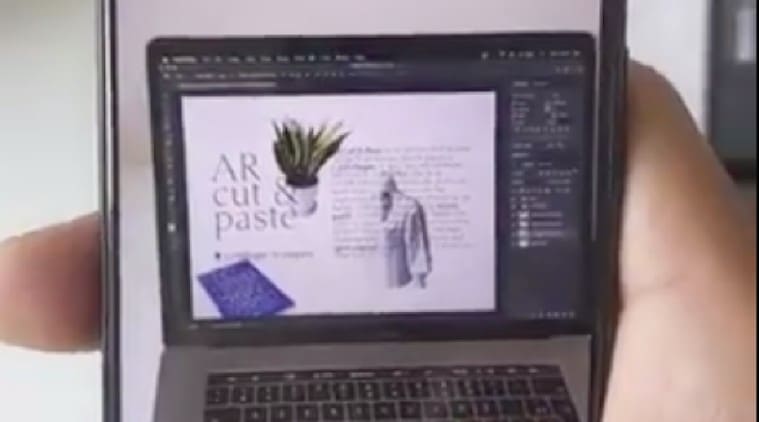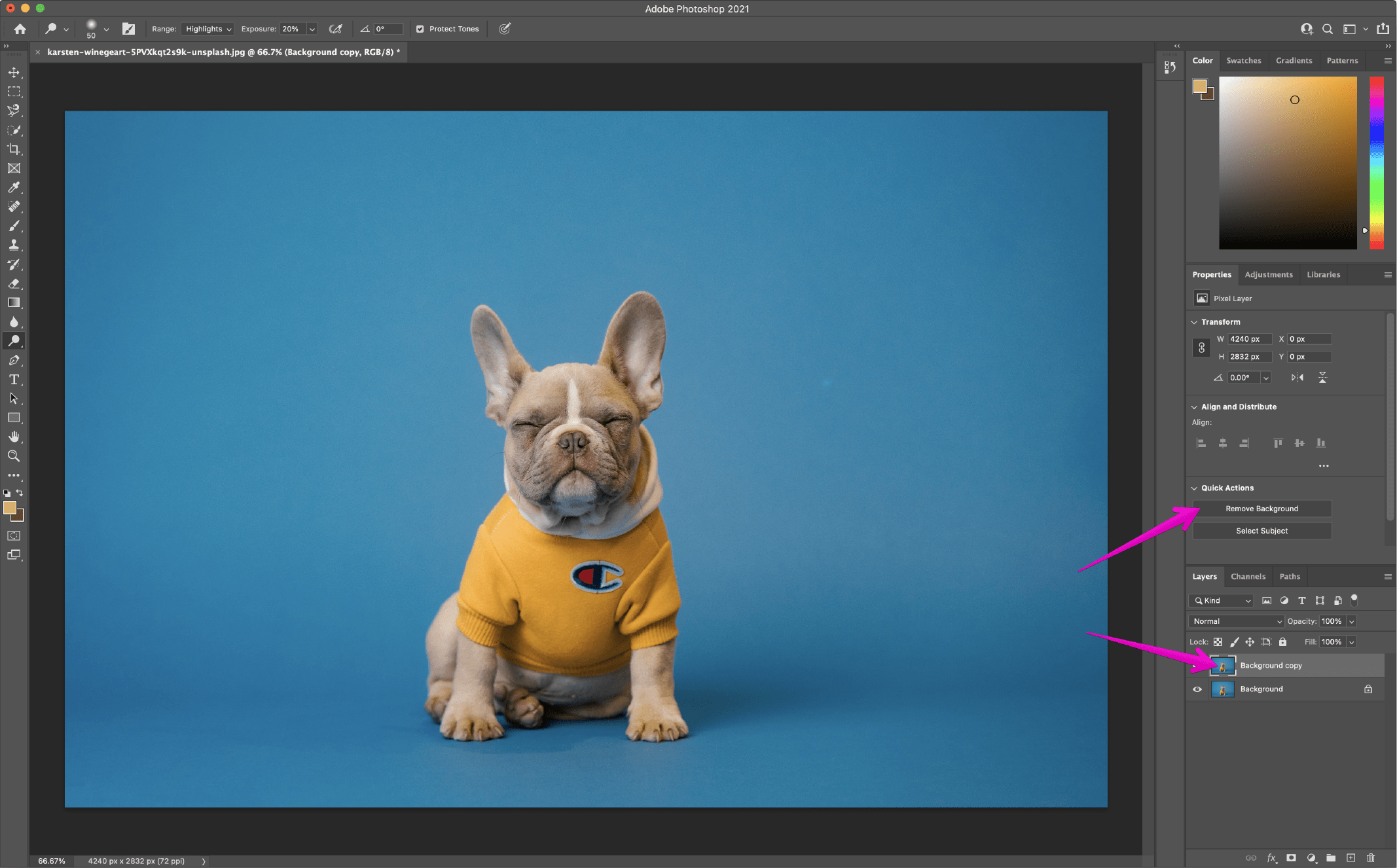

The Lasso Tools: You have a lot of options here, each of which requires you click the mouse, then trace out the object with your mouse.

Click and hold the icon for more shapes, which allow you to cover any basic item. Shaped Selections: The icon looks like a dotted box.The most commonly used tools include: X Research source You have a variety of different selection tools available, each with pros and cons. If you're comfortable selecting the image you want to separate, you can move on to the section of separating the image.

Anything within the moving dotted line can be edited, cut, or separated. Photoshop selections are your bread and butter. Selecting a region changes the language and/or content on a "Selection," the moving dotted line, around your image to remove it from the background. From there, just export it as a PNG or JPG to easily post online or add to your portfolio. By making your layers into a smart object, you can treat your combined layers as one image.īy treating your multiple layers as one image, you can now adjust the contrast, temperature and saturation uniformly, giving the final image an even more cohesive appearance. In other words, you can always come back and make changes,” says Ramirez. This allows you to apply non-destructive adjustments, distortions, filters and transformations. “A Smart Object is a container that holds one or more layers. From there, you can adjust the intensity of the blur to create a difference in depth. To add blur, select the background layer, then go to Filter › Blur › Gaussian Blur. Recreate this depth of field and give your image a more cohesive look by adding dimension with Gaussian Blurs. In typical photos, objects in the background will be slightly out of focus, because the depth of field is shallow and the camera is focusing on the person or subject in the foreground. By painting on the layer mask with black, white or different opacities of either, you can create subtle gradients between two images that gently blend them together. Start by editing the edges of the Layer Mask using the Brush tool. Once Photoshop removes the background, you can tweak and adjust the image to make it look more realistic. When you’re done pasting an object, resize and scale it to fit the scene or apply effects to help it blend into the background. From there, you can easily copy and paste them onto other images. With the Lasso tool or Magic Wand tool, you can quickly make selections and cut out objects from their backgrounds. By changing these modes and experimenting with layer masks, you can merge the images together and create a new look.Īnother way to combine images is to cut and paste sections of photos together. A layer’s blend mode is set to Normal by default, meaning the layers don’t interact or blend with each other. These blending modes determine different ways that layers interact with each other. “Another way to superimpose an image onto another is by combining them using a blending mode in Photoshop,” says Ramirez. This gradient will subtly fade your image, giving it a soft, subtle edge. In Photoshop, you can quickly adjust the opacity of each image and even apply exposure gradients to your second image. Historically produced by creating two exposures on one piece of film, it’s easy to create double exposures digitally. A double exposure is a combination of two or more photos. So whether you’re layering an updated logo onto a product photo or you’re compositing images together to make a collage, overlaying images is an important photo editing technique to understand.Ī unique way to overlay images is with a double exposure. Superimposing is a broad term and describes a wide variety of effects that a designer or photographer can use to merge, composite and edit images.īy superimposing elements onto an image, you can create an illusion or conceal something in the original image. “Essentially, when you superimpose an image, you combine two images to create something new,” says Photoshop expert Jesús Ramirez. Find new ways to combine images in Adobe Photoshop.


 0 kommentar(er)
0 kommentar(er)
